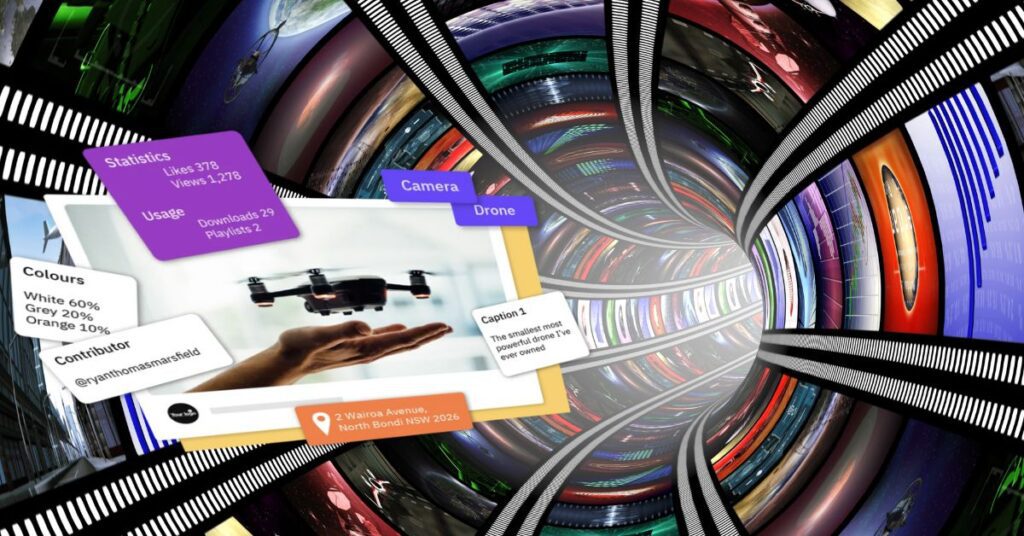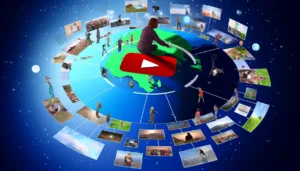The Role of Customer-Generated Videos in Improving the Accuracy of Generative AI for Corporations
Artificial intelligence is coming to steal all your jobs. Well, all knowledge workers for sure. Except, it transpires, if you are a comedian. AI really sucks at jokes, because humour requires deeper appreciation of situations. She other jobs that are 'safe' for now are journalists, scientists, prosecuting attorneys, psychologists or any of the other professions that actually discover new things.
So while AI can write a news release based on thousands or millions it has seen before, that isn't the job of a journalist. A journalist is there to find out new stuff. They are there to find out the bad news, not just the good. AI cannot discover news very well. Similarly, AI can process case law and precedent, but cannot create precedent in a law trial, because this is where original thought is required. Ditto scientists, making brand new discoveries.
In marketing there is this expectation that generative AI will equally replace all the content creation roles currently in existence. Perhaps, but just as in the examples above, AI is not great yet at creating content where little previous has been written. I know this all too well, because video submissions and automated video is a brand new field, so I have to write these blogs myself, as AI doesn't yet know enough about the field.
The use of generative AI videos could revolutionise the corporate landscape. With the ability to generate high-quality video content in real-time, they can transform the way companies approach marketing efforts, product displays, and employee training. However, the accuracy of these videos is crucial for preventing misinformation and maintaining credibility. At present, the accuracy is not there at all. That’s where customer-generated content comes in.
There are relatively few text-to-video AI platforms, here's why
The dream for many marketers stuck creating video content is a machine that will do it all. Input what you want and it will magic up a high definition video exactly as you want it. As AI continues to evolve, many companies are looking to leverage generative AI video for various use cases. However, what is currently available is still wide of the mark.
As the New York Times noted in an article in April 2023 (worth noting the date, as these things get outdated very quickly), although instantly generated videos could represent a step forward in generative AI, at present their results are poor, compared with the image generation software or especially the text generative AI. Runway ML is the current market leader. And while it excels at transforming existing footage, applying any stock video to another (think "take this video me skateboarding and put me outside the Eiffel Tower" for example), it is still some way off true generative AI. Take a look at "a cow at a birthday party" below, where no existing video was used.

Even the best AI video generators still looks fake
As the article states, “many of the open-source AI models for generating realistic faces or backgrounds relied on millions of real-world images scraped from the web.†The same principle applies to generative AI videos.
Deep fakes work, for example, because there are hundreds or thousands of videos of celebrities that can be used to train the models and provide inputs to the machine learning algorithm. The most popular actors often have the most deep fake pornography available and those world leaders with the most television coverage also have the most deep fake videos circulating. Hence Donald Trump is far easier to fake than, say Vladimir Putin. The fact that Russian leader reportedly uses a half dozen body doubles, for fear of being assassinated by his own people, further hinders the deep fake accuracy.
The fact that the Russian state is also possibly behind deep fake content, created in its troll farms and digital propaganda factories in St Petersburg and Perm, could also be a reason why the Russian president is so camera shy.
Companies that produce generative AI video for deployment within their ecosystem, must ensure that the generated content is genuinely accurate, avoiding errors, and misrepresentations of their products or services. However, when a deepfake uses malicious intent to manipulate video content, another issue arises. Millions of customer-generated videos collated will help AI identify what is fake and what is not, thus improving the AI's accuracy in identifying deepfakes.
Moreover, in the current social media age, deepfakes of public figures or politicians are always on the rise. These deepfakes produced using machine learning algorithms can spread disinformation and cause negative consequences. Hence, collecting massive amounts of video data provides the algorithm with a better chance to identify, learn and eradicate fake videos.

Customer-sourced clips represent a step forward for generative AI
Before brands can attempt to harness generative AI, they will need to amass a vast library of video clips of their products in use in hundreds of different environments. Most of these will need to be sourced from their customers, as no film crew could ever traverse enough territory cheaply enough.
To understand why companies need to collect millions of customer-generated videos for generative AI, we must initially assess the purpose of generative AI video. The goal is to create realistic and customized videos that are not only informative and engaging but also personalized and timely. In comparison to merely relying on stock footage or old videos to make promotional materials, generative AI video takes it a step further by using advanced machine learning techniques to generate new video content in real-time. This results in videos that are specific to the customer's needs and preferences, making them more likely to watch and remember the content.
Yet there is a need for a vast pool of customer-generated content to ensure accuracy. It’s the only way to ensure that the videos generated can rival deep fakes and have the necessary precision.
However, to achieve optimal results, these enterprises must collect millions of customer-generated video clips as input sources to rival deep fakes for accuracy.
This need for customer-generated content has implications for training data collection. Chief technology officers will need to invest in technology to collect data from various sources, such as video submission management platforms, and internal employee campaigns. These data sources would then be used to train the generative AI models, allowing for better accuracy and real-time video content creation.
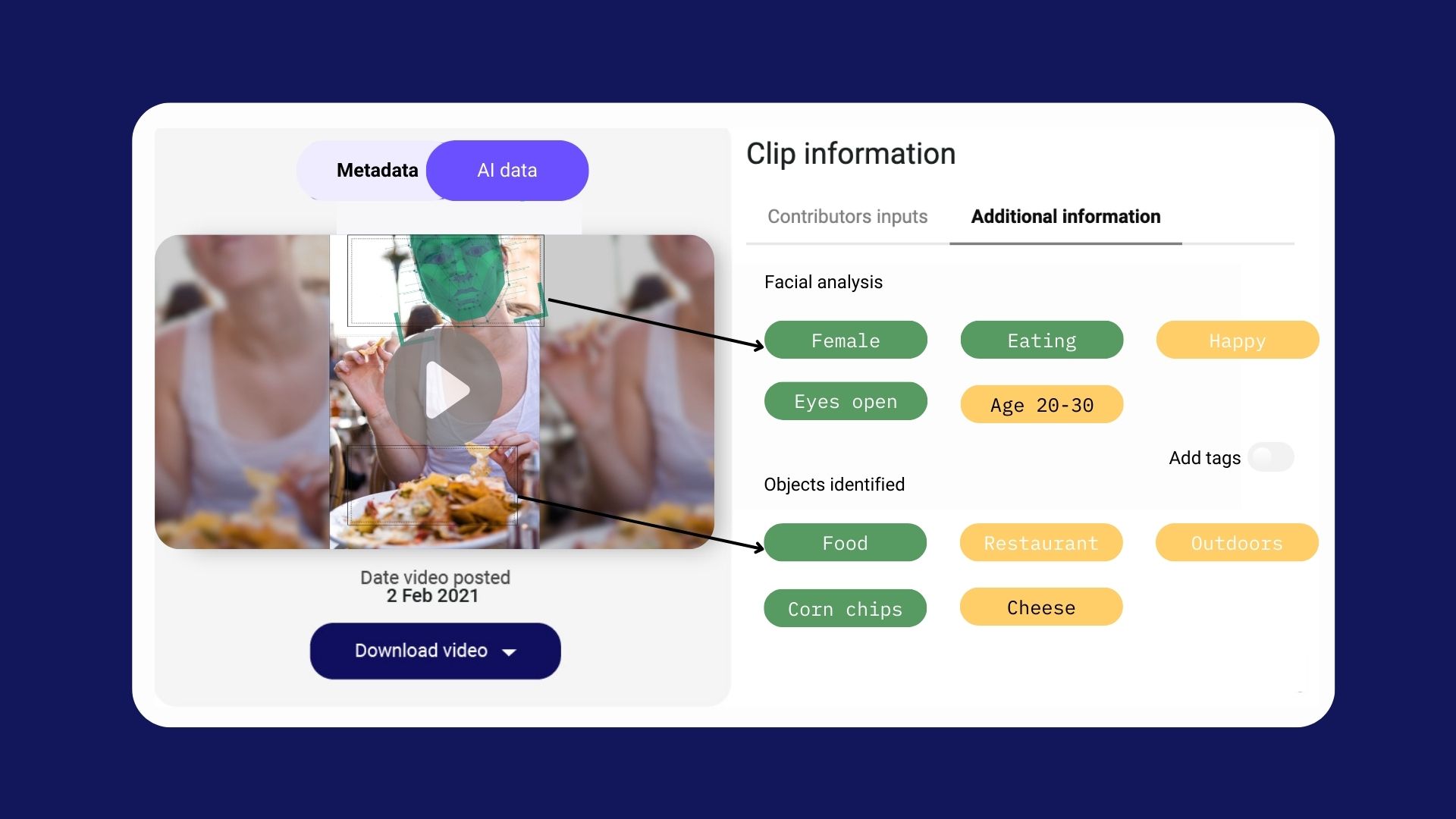
Data privacy around customer videos will be paramount
Another factor that CTOs will need to keep in mind is privacy. Collecting data from customers can be sensitive, and there is a growing concern around data privacy. As such, companies will need to ensure that whatever video submission platform they use is private, rather than having all video content visible to competitors or foreign powers. Companies will need to invest in corporate user-generated video platforms that have rigorous security protocols to ensure customer data remains confidential.
When it comes to generative AI, companies must make sure that they are using ethical and transparent AI models. Creating a safe and trustworthy environment where employees and customers can trust the videos generated is vital. Training, compliance, and oversight processes can ensure that the videos created stay within ethical boundaries.
Companies need to chose video submission platforms, such as Vloggi, that also allow for the categorisation, tagging and segmenting of videos based on meta data. These libraries can then be fed into automation tools to create video of a brand's product in different situations, with great accuracy.
Image detection, for example, is straightforward, but relies on a good dataset based on hundreds or thousands of the same product in different settings. Videos contain 30 frames per second or more, meaning that a 3-second video can potentially yield an excellent match for image detection and machine learning models. However, another advantage of user-generated video is that it contains a host of meta data and user-inputted data that can be used to increase accuracy even further. In this example below from a yachting supplier client of Vloggi's, object and class recognition is augmented by external databases and inputs to create a hugely reliable result.
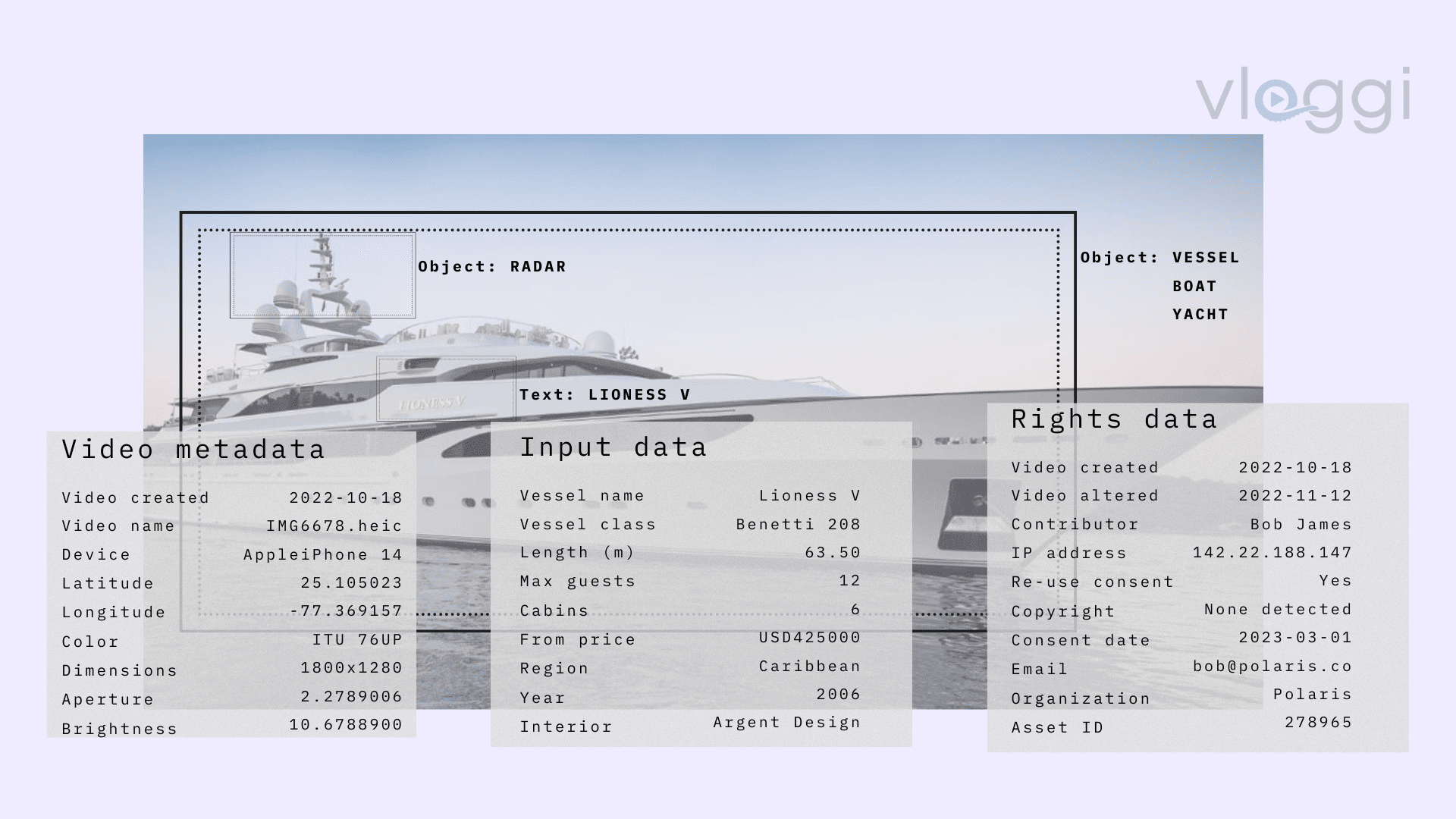
Customers can be an endless source of new video inputs, if incentivised
Additionally, companies can offer incentives for customers to submit video content to improve the learning process of the generative AI algorithm. Such incentives could include discounts on their products or services or other loyalty programs that will encourage the customer to keep giving feedback.
Brands are already implementing video feedback systems as a way of capturing the views of millennials, who refuse to fill out forms. Narrating videos is far easier than typing into a web form. Hundreds of Vloggi customers are using speech-to-text and word clouds to analyse the sentiment of customer feedback videos submitted.
Understanding both the extrinsic and intrinsic motivation behind customer video is also crucial. Sure, if people are paid, then at some price they will submit a video. But harnessing communities, superfans and brand advocates is also a far easier long term strategy towards creating vast user-generated video libraries.
In conclusion, generative AI videos hold incredible promise for the corporate landscape, but the technology must be tempered with the right checks and balances. The use of millions of customer-generated video clips as input sources is a critical step towards achieving accuracy, but CTOs will need to ensure that privacy and ethical concerns are prioritized. With the right approach, generative AI videos can revolutionize the way companies approach video content creation while providing a high degree of accuracy and reliability.
To create customized videos using generative AI, enterprises require a vast amount of data to train the algorithms. While traditional AI models may have achieved meager success with smaller input data sets, generative AI requires millions of customer-generated videos to develop accurate outcomes. Incorporating customer feedback is, therefore, integral to improving the accuracy of the algorithm and generating personalized content.
Read more: How to incentivize your community to participate in UGC campaign
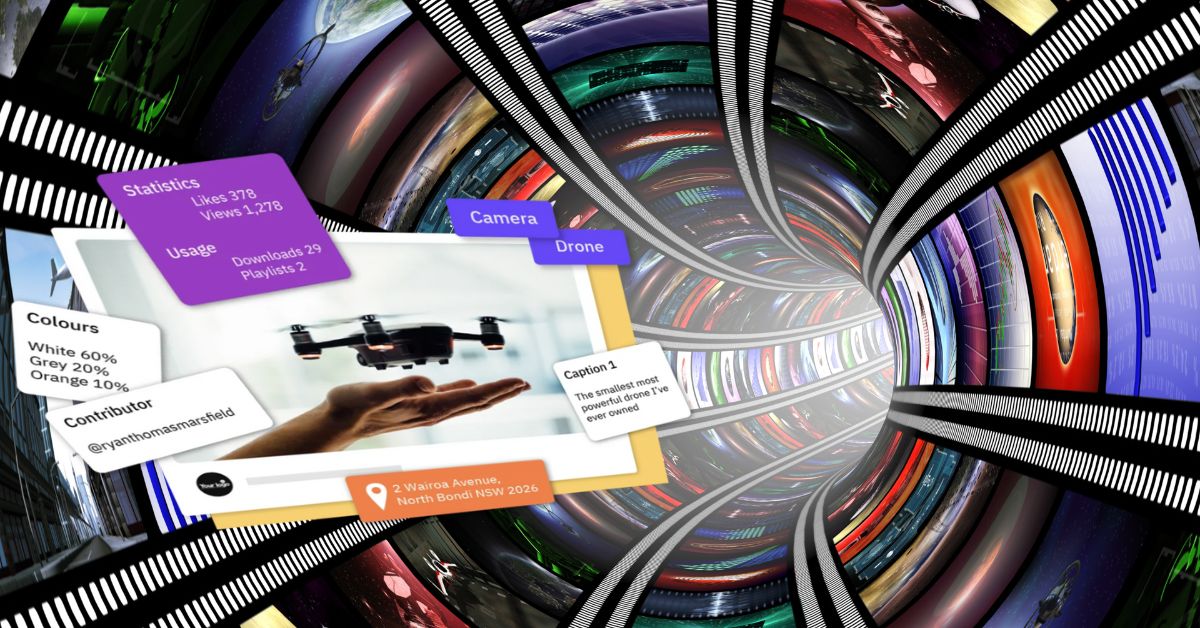
Companies that produce generative AI video that is both accurate and engaging will ultimately achieve greater outcomes. Since generative AI's strength lies in its ability to learn and adapt to new situations, it is essential to collect large amounts of customer-generated videos as input sources to train the algorithm. Moreover, collecting data will increase accuracy in identifying deep fakes, protecting businesses, and people from various misrepresentations. In sum, recording customer-generated video content could aid the growth of generative AI effectively, ensuring that it is valuable and trustworthy as we move towards a more data-driven society.

